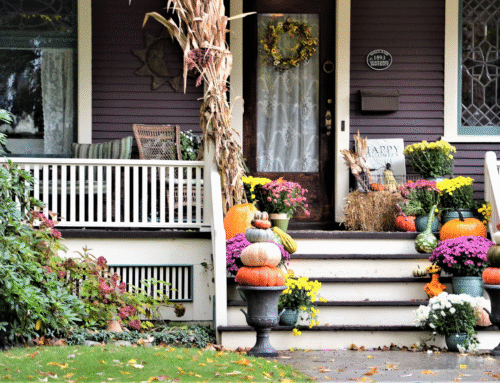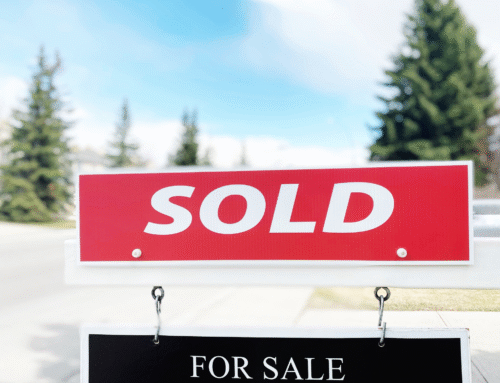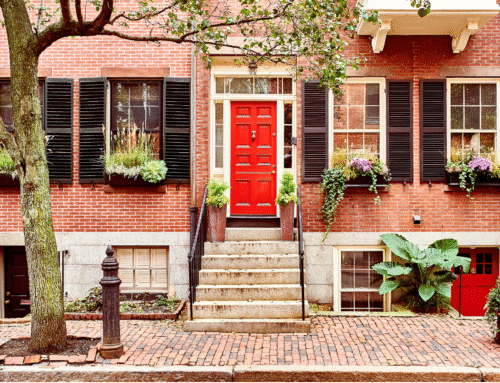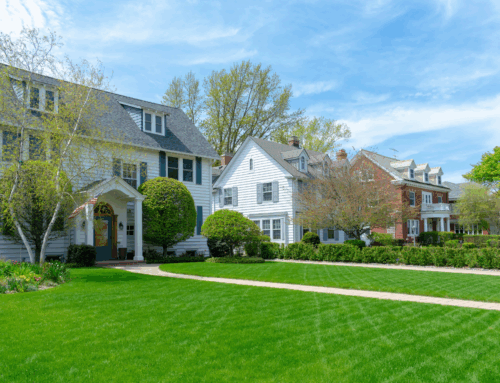Staging a home transforms how buyers see it. In a competitive market like Greater Philadelphia, presentation can determine whether a listing attracts strong offers or lingers without activity. Staging is more than decorating. It is a strategic process that highlights strengths, minimizes weaknesses, and helps buyers imagine themselves living in the space. Done right, staging increases both the speed and the price of a sale.
First Impressions Begin at the Door
Curb appeal sets the tone before anyone steps inside. The front of your home tells buyers whether the property is cared for and worth their attention. Simple improvements carry weight. A freshly painted door, trimmed landscaping, and clean walkways suggest pride of ownership. If a buyer sees cluttered porches, peeling paint, or neglected yards, doubt starts before the showing begins. HGTV emphasizes the value of curb appeal in its guide to staging, explaining how small touches like updated house numbers and well placed plants make homes more attractive to potential buyers at hgtv.com. Sellers should invest time in these details because buyers rarely separate the exterior impression from their view of the inside.
Declutter and Depersonalize to Widen Appeal
When buyers tour a home, they want to picture their life there, not yours. Excess furniture, crowded shelves, and family photos can distract them from seeing the space itself. Decluttering creates openness, making rooms feel larger and brighter. Removing personal items such as photos, awards, or collections prevents buyers from feeling like they are intruding. Instead, they focus on the potential of the home. A living room with a simple sofa, a coffee table, and balanced lighting feels welcoming while still neutral. According to investopedia.com, staged homes often sell faster and for higher prices because they present a blank canvas that appeals to the widest audience. The goal is not to strip character but to strike a balance where buyers can see possibility without distraction.
Use Furniture to Define and Elevate Spaces
Empty rooms confuse buyers. They struggle to understand scale and purpose without furniture to provide context. Strategic placement solves this issue. A small bedroom feels more functional with a bed and side table than it does as an empty box. A dining area with a table and chairs helps buyers imagine family meals or gatherings. Furniture also highlights flow. In Philadelphia rowhomes, for example, narrow layouts benefit from scaled furniture that shows how the space can be both functional and stylish. In suburban Montgomery County, larger homes with open concepts require thoughtful arrangements that break big spaces into inviting zones. Staging is not about filling every inch. It is about guiding the buyer’s eye and proving each room has a clear role.
Light, Color, and Atmosphere
Lighting has one of the strongest effects on perception. Dark spaces feel smaller and less inviting. Natural light should be maximized by opening curtains and cleaning windows. Artificial lighting should include a mix of overhead, task, and accent lights. Neutral colors work best because they reflect light and appeal to diverse tastes. Fresh paint in soft tones modernizes a space instantly. Even subtle changes, like swapping out heavy drapes for lighter options, can transform a room. Seasonal atmosphere matters as well. In fall, warm tones and soft lighting enhance coziness. In spring, brighter palettes feel fresh. Staging that responds to the time of year helps buyers feel emotionally connected.
Highlight Key Features and Downplay Weaknesses
Every home has features worth celebrating and areas that need subtle distraction. A fireplace becomes a centerpiece with clean lines and minimal décor. Built in shelving looks attractive when styled with a few balanced items rather than stuffed full. Large kitchens should emphasize counter space by keeping them clear, while smaller kitchens benefit from open shelving and bright lighting. Weaknesses should never be hidden, but staging can shift focus. If a bedroom is small, neutral paint and a mirror create openness. If a basement has low ceilings, smart lighting and minimal furnishings reduce attention to the limitation. The purpose is to frame the property in its best light while staying honest about its qualities.
The Financial Impact of Staging
Staging is not cosmetic fluff—it produces measurable returns. Industry studies consistently show staged homes sell faster and for more money than non staged properties. Even minor investments such as fresh paint, updated lighting fixtures, or rented furniture can generate returns well above cost. For sellers in Philadelphia’s competitive market, staging often makes the difference between receiving one cautious offer or several strong ones. Homes that present as move in ready reduce buyer hesitation, which is especially valuable when interest rates are high and buyers are more cautious. A property that feels turnkey allows buyers to focus on lifestyle rather than repair lists.
Practical Examples in Greater Philadelphia
A three bedroom home in Bucks County was recently staged by clearing excess furniture, painting the walls in neutral shades, and highlighting a finished basement as a family entertainment space. Within ten days it received multiple offers above asking. In contrast, a similar property nearby remained unstaged and cluttered. Showings produced little interest and the home lingered for months before eventually selling at a reduced price. In Montgomery County, a staged colonial emphasized curb appeal with fall landscaping and a newly painted front door. Buyers immediately commented on the welcoming atmosphere, and the property sold in less than three weeks. These examples show that staging works across both city and suburban contexts.
Why Professional Guidance Matters
While homeowners can handle basics such as cleaning and decluttering, professional staging brings expertise that maximizes results. Stagers understand buyer psychology and design trends. They know how to position furniture, use lighting, and create emotional impact. More importantly, they know how to highlight the strengths unique to Philadelphia area homes. Working with an experienced real estate team ensures that staging is not an afterthought but a key part of the marketing plan. Albright Real Estate collaborates with professionals who tailor staging strategies to local buyers, whether you are selling in Center City, Bucks County, or Montgomery County.
Resources for Sellers
If you are considering selling, explore homes for sale in Philadelphia to see how presentation impacts interest at albrightrealestate.com. For suburban comparisons, you can also review homes for sale in Bucks County at albrightrealestate.com. Both areas demonstrate how well presented properties capture more attention, more showings, and stronger offers.
Conclusion
Staging is one of the most effective tools available to sellers. It combines design, psychology, and strategy to create a property that resonates with buyers. From curb appeal to interior flow, every detail matters. The cost of staging is small compared to the potential return in price and speed of sale. In Philadelphia’s competitive market, where buyers balance interest rates, budgets, and neighborhood choices, presentation is the edge that makes a home stand out. If you are preparing to sell, let Albright Real Estate guide you with proven staging strategies and a full service marketing plan. Contact us today at albrightrealestate.com to discuss how we can position your home for success.








